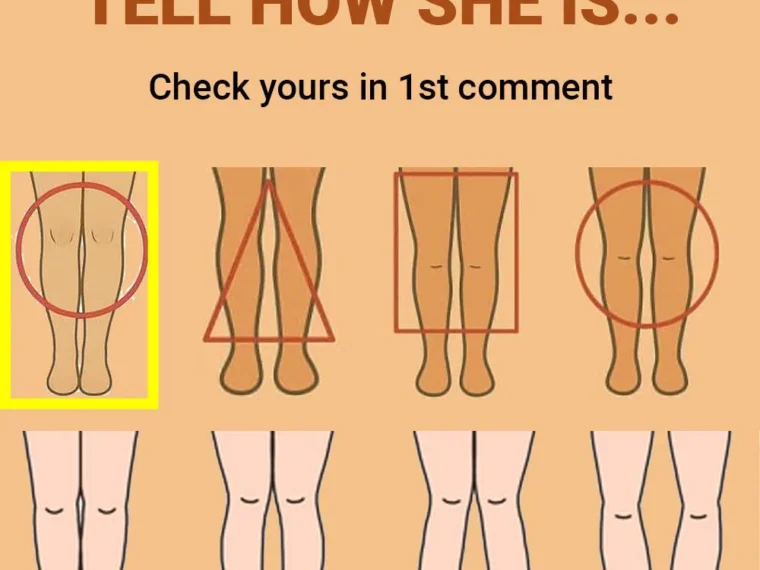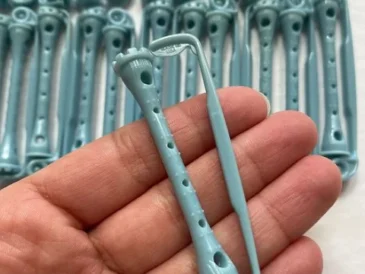Description:
The knees touch or are very close while the ankles remain apart, creating an inward curve of the legs.
What it indicates:
Common in children and often self-corrects with growth.
In adults, it can signal joint instability, flat feet, or hip issues.
Chronic misalignment might cause discomfort, instability, and lead to arthritis over time.
4. Crossed Legs (Severe Knock Knees or Pelvic Tilt) — Type 4 (Far Right)
Description:
The legs cross over each other markedly, with significant inward rotation or misalignment.
What it indicates:
May stem from pelvic misalignment, severe knock knees, or poor posture.
This condition can impact hip stability, walking pattern, and pelvic floor function.
Management often includes posture correction, physiotherapy, or medical assessment.
💆♀️ How to Care for Your Legs — Naturally and Effectively
Whether your symptoms are occasional or chronic, here are some simple ways to boost leg health every day:
| Habit | Benefit |
|---|---|
| Gentle movement (walking, stretching, yoga) | Improves blood and lymph flow |
| Leg elevation (10–15 mins/day) | Reduces swelling and pressure |
| Alternating hot-cold showers | Stimulates circulation |
| Hydration & low-salt diet | Prevents water retention |
| Magnesium oil or Epsom salt baths | Relieves cramping and improves relaxation |
| Topical rosemary or arnica oil massage | Promotes vascular tone and reduces inflammation
|
📝 Final Takeaway: Your Legs Are Your Health Thermometer
Legs do more than carry you from point A to point B. They hold vital clues about your heart, hormones, muscle structure, nervous system, and circulation. Swelling, pain, skin changes, and shape irregularities can all point to larger systemic concerns.
So don’t dismiss that tingling, heaviness, or dull ache. The legs speak — and if you listen, you might just catch a problem before it becomes serious.
If symptoms persist, consult a vascular specialist, orthopedic doctor, or integrative health professional.
💬 Did You Learn Something New?
Share this article with others dealing with chronic leg pain, swelling, or circulation concerns. Got questions? Drop them in the comments or send us a message!





